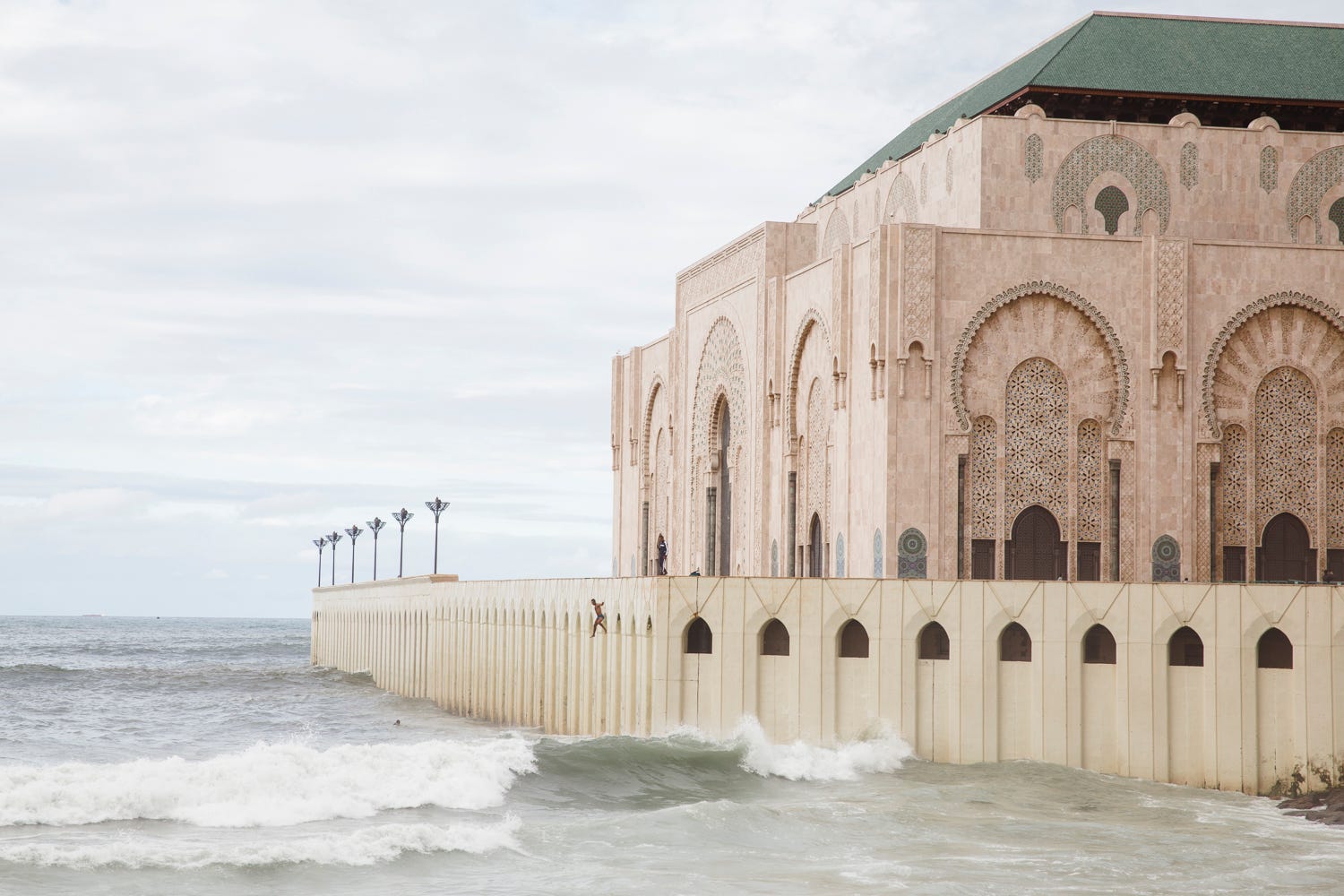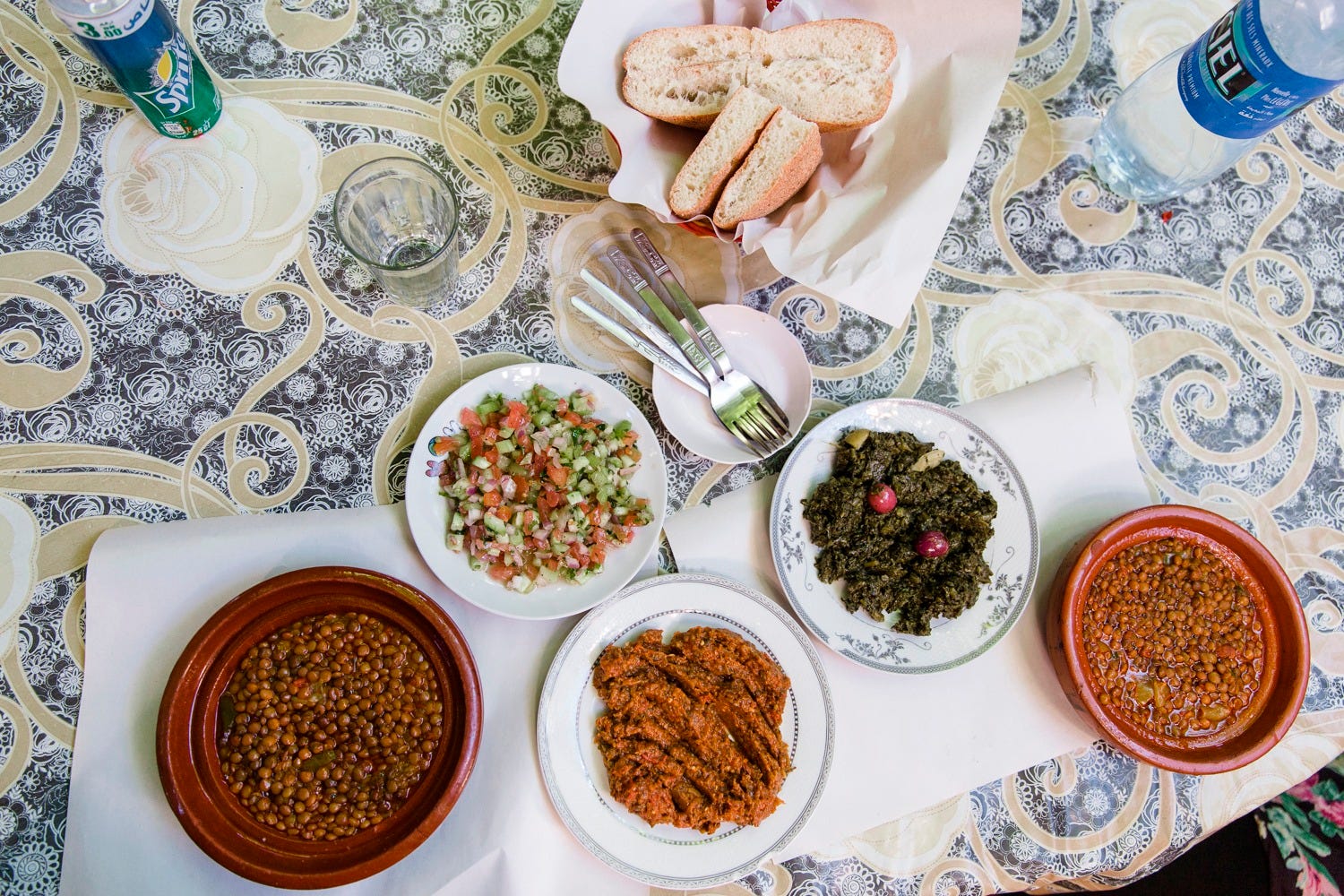What is Slow Travel?
We’re passionate about slow travel as we believe that it opens doors for more enriching travel experiences, for both the guest and the host.
Welcome. Slow Travel Magazine* is the personal project of travel writer and author, Liss Connell together with a regular assortment of special guest contributors. We’re passionate about slow travel as we believe that it opens doors for more enriching travel experiences, for both the guest and the host. Hit the red ‘subscribe’ button for the latest slow travel news and free city guides into your inbox (4 emails per year).
*2024 update - we are now Slow Travel Network.

What is slow travel?
Slow travel is an offshoot of the slow food movement
In Italy, where traditional culture inextricably links food and community, there began a small uprising in 1986 when fast food giant McDonald’s announced plans to open in Rome’s Piazza di Spagna. Subsequent protests sparked the creation of the ’Slow Food’ movement and by the 90s Slow Food had grown exponentially. Over time, ‘Slow’ subcultures have developed in other areas like the Cittaslow organisation for Slow cities.
In 2004, English journalist Carl Honoré published ‘In praise of slow: how a worldwide movement is challenging the cult of speed’ explaining various aspects of the movement:
“For at least 150 years everything has been getting faster and for the most part speed was doing us more good than harm in that time. But in recent years we’ve entered the phase of diminishing returns. Today we are addicted to speed, to cramming more and more into every minute. This roadrunner culture is taking a toll on everything from our health, diet and work to our communities, relationships and the environment. That is why the Slow Movement is taking off”. Carl Honoré, author.

Slow sojourns vs. slow journeys.
There are two main facets of slow travel. These are 1) Slow sojourns and 2) Slow journeys. We believe that slow sojourns are the essence of slow travel. This involves basing yourself in one place and becoming part of the local culture. Ways to enjoy a slow sojourn can include:
Eating where locals eat
Talking to the townsfolk
Exploring via foot, bicycle or public transport
Staying in locally owned homestays.
This is the style of travel that we mainly focus on. However, many folk consider that slow journeys are also an important constituent of slow travel culture. This may include:
Pilgrimages on foot
Non-motorised journeys on the water, such as canoe or outrigger trips
Or any other journey by more traditional means that allow for a deeper connection to the landscape that is being passed through.

Advantages of Slow Travel
Meaningful memories: You’re more likely to have enriching experiences than if you follow the standard ‘tourist trail’.
Personal growth: By getting out of your comfort zone you’ll become a more confident person and you may learn new skills.
Increased awareness: By learning about new cultures you’ll be better able to challenge stereotypes.
Social consciousness: You will be contributing more to the local economy.
Saving money: Slow travel experiences are often cheap or free.

7 Ways to Slow Down your Vacation
Learn the language. Even a few phrases can go a long way.
Stay with a local or home exchange
Seek out a local restaurant with no English menu.
Cycle around different neighbourhoods or through the countryside.
Take a course – painting, cooking, salsa dancing, whatever you are interested in.
Volunteer.
Attend a local event, such as a gallery opening or a popular local sport match.
Words in this post are by Melissa Thimios, all images are by Yasmin Mund.

